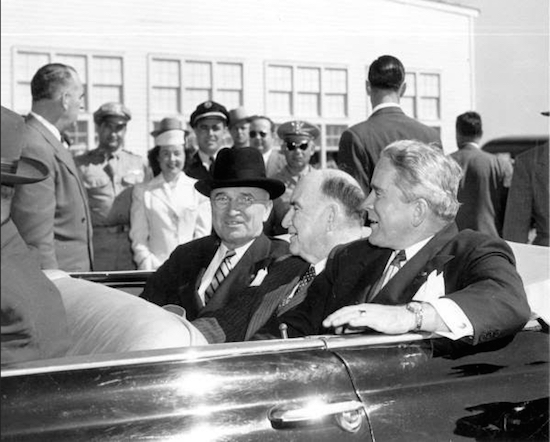Brooklyn native Hamilton Holt was renowned president of Rollins College in Winter Park, Florida
Brooklyn Footprints in Florida

Two Brooklyn natives currently hold presidential positions at two of Florida’s prominent, well-ranked institutions of higher learning. Wendy Libby, president of Stetson University, who has already been interviewed for the Brooklyn Eagle’s ‘Brooklynites in Florida’ feature, and Dr. William D. Law Jr. (to be interviewed), who is the current president of St. Petersburg College in St. Petersburg, Florida.
Precursors to current Brooklyn educational footprints in Florida go as far back as the Great Depression when Brooklyn native David Sholtz served as governor of Florida. In addition to creating the Florida Parks Service and the Citrus Commission, Sholtz passed a Workers Compensation Law and signed two pieces of legislation that has had a lasting impact specifically on education in Florida; free textbooks for public school students and funding for public school teachers’ salaries.
Another Brooklyn native who has made a lasting impact on education in Florida can be traced back to 1925, when the controversial liberal thinker Hamilton Holt accepted a job offer to become president of Rollins College in Winter Park, Florida. Holt came to be the most celebrated president in the history of Rollins. He was the eighth president and served in the position for 24 years, from 1925 to 1949.

Brooklyn Boro
View MoreNew York City’s most populous borough, Brooklyn, is home to nearly 2.6 million residents. If Brooklyn were an independent city it would be the fourth largest city in the United States. While Brooklyn has become the epitome of ‘cool and hip’ in recent years, for those that were born here, raised families here and improved communities over the years, Brooklyn has never been ‘uncool’.